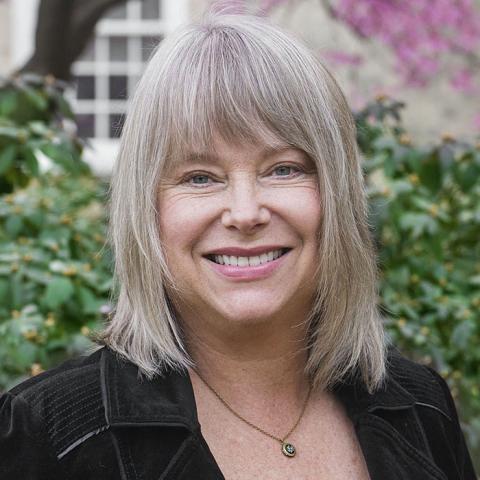The Haverford-Oppenheimer Connections

Cillian Murphy stars as J. Robert Oppenheimer. Photo courtesy of Universal Pictures.
Details
Before graduating, Cloyd Marvin '48 joined J. Robert Oppenheimer at Los Alamos National Laboratory to work on the Manhattan Project. It was there he co-wrote a critical paper that allays a central tension coursing through Christopher Nolan’s summer blockbuster.
Director Christopher Nolan’s three-hour epic Oppenheimer, focused on J. Robert Oppenheimer, the chief architect of the atomic bomb, hit movie theaters this summer, generating plenty of buzz and mixed reviews. (“Flawed but extraordinary,” declared one reviewer.)
The film follows the feverish work at Los Alamos National Laboratory in New Mexico as teams of scientists raced to develop and test the bomb. Among those working to advance the Manhattan Project, as it was known, was a Haverford student named Cloyd Marvin ’48.
Marvin had been drafted into the Army in 1943, joining the Special Engineer Detachment as a technician third grade. Assigned to Los Alamos, according to Marvin’s 2011 Washington Post obituary, he worked directly for famed physicist Enrico Fermi, “performing pre-computer calculations for the Manhattan Project.”
Even more astonishing for someone who had not yet finished college, according to a historical account found on the Atomic Heritage Foundation’s website, while at Los Alamos, Marvin co-wrote a paper with theoretical physicists Emil Konopinski and Edward Teller (known as the father of the hydrogen bomb). That paper “established that exploding fission or fusion weapons would not ignite the atmosphere and destroy the world.”
This fear is one of the greatest tensions portrayed in the film, observes Mitchell Cohn ’80, who we thank for tipping us off to Marvin’s story. Says Cohn, “Please note that Mr. Marvin, having been born in 1925, would have been all of 17 or 18 when he co-wrote this paper!”
After his service at Los Alamos, Marvin returned to Haverford and graduated with the Class of 1948. He then went on to do graduate work at Stanford University and spent four decades working at the Johns Hopkins University Applied Physics Laboratory.
Cohn notes that Marvin wasn’t the only Haverford student pursued by the Manhattan Project. Clark Hulings ’44, a physics major, was also invited to work at Los Alamos, but was never employed because of medical issues. (Hulings then settled in Santa Fe, New Mexico, and became a successful artist.)
But the question remains: How did the folks at Los Alamos find kids studying at Haverford and decide to bring them into this top-secret project? Cohn’s theory: personal connections.
Marvin's father was president of George Washington University, which had been organizing yearly conferences on current topics in physics throughout the 1930s. Says Cohn, “It's just conjecture, but I am pretty sure that our Cloyd, as a kid who loved math and physics, would have been encouraged by his dad to attend these events and meet the participants.” Among those participants was Teller.
The personal connection theory would also explain how newly minted Haverford grad Hulings was invited to work at Los Alamos. Cohn posits that Marvin returned to campus after the mathematical calculations at Los Alamos were finished and met Hulings, who he then recommended to the project.
There’s also a Bi-Co Oppenheimer connection, Cohn relates. Before American Prometheus, the 2005 biography that inspired the film, was published, Jennet Conant BMC ’82 (who studied philosophy at Haverford) wrote an important book about Los Alamos. Titled 109 East Palace: Robert Oppenheimer and the Secret City of Los Alamos, the 2005 book chronicles the many challenges (scientific, political, personal — in Oppenheimer’s case) surrounding the building of the bomb, and delivers, according to Kirkus Reviews, “a spellbinding account of a venture that often teetered on the brink while the future of the world lay at stake.”




